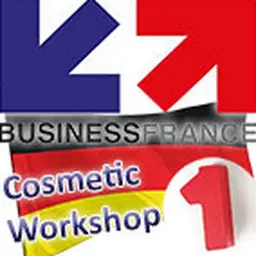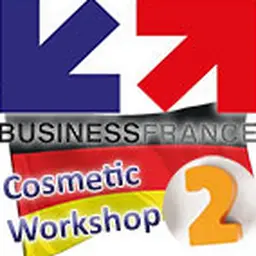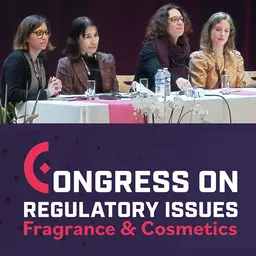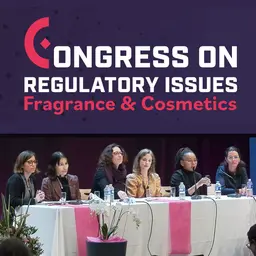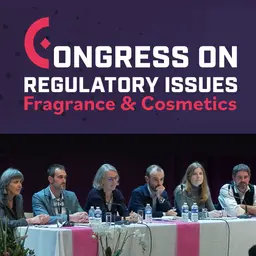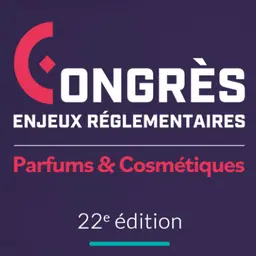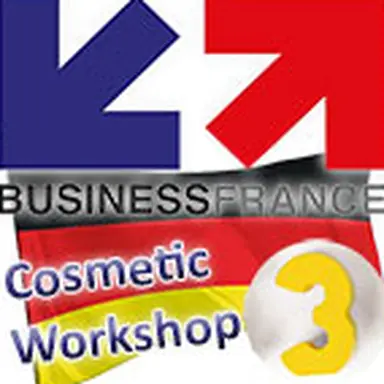
With its particular structure and very specific distribution channels, the German cosmetics market has characteristics that need to be perfectly integrated before initiating any export procedure. It is also essential to be familiar with the few regulatory provisions added to the European framework for cosmetics legislation. The Workshop organized on December 1st, 2017 was an opportunity for Business France to give French companies the keys to manage to settle in Germany.
Third part of our articles:
•
Passport for Germany (1/3): the German cosmetics market
•
Passport for Germany (2/3): German cosmetics distribution
Cathy Guirand, Regulatory Information Project Manager Europe-ASEAN of Business France, presented the regulatory section.
‘Most regulations applicable to cosmetic products in Germany are European,’
she reiterated,
‘so they are usually well-known of French manufacturers. Still, there are a few specificities and adaptations typical to this country.’
General regulatory framework
Within the European Union, people, goods, services, and capital can move as freely as inside a given country, so French exports to Germany are made easier.
For example, there are not any clearance procedures, customs rights, or import quotas.
It is the European regulations that apply to cosmetic products, in particular:
• Cosmetics Regulation 1223/2009, which defines cosmetic products and the responsibilities of industry players, and provides a framework for prohibited or authorized ingredients as well as labelling rules…
• Regulation 655/2013, which provides the common criteria cosmetics claims should satisfy to be used
• Directive 75/324 on aerosol dispensers
• Regulation 1907/2006 on the Registration, Evaluation, Authorization and restriction of CHemicals (REACH)
• Regulation 1272/2008 on classification, labelling and packaging of substances and mixtures (CLP)
National texts
Germany …

